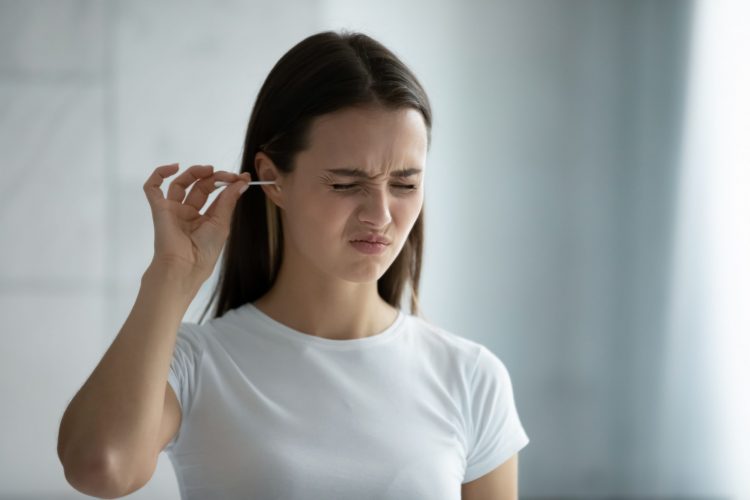
Tympanic Membrane Perforation and Its Effects
Tympanic membrane perforation (ruptured eardrum) is a hole in the eardrum, which is the thin membrane at the end of the external auditory canal.
The eardrum transmits sounds to the ossicles in the middle-ear and needs to be intact (without holes or tears) in order to work optimally. An eardrum perforation will affect hearing in different ways depending on the size of the hole and its location.
The eardrum can be compared to a drum, since it plays a similar role to the “skin” of the drum. If this skin is pierced, it will not vibrate as well and this will affect the sound the drum makes.
In the same way, if the eardrum is perforated, its impaired vibration will affect the person’s hearing.
In both cases, a tiny hole might not have much of an effect, but a large hole is more likely to reduce sound transmission.
An eardrum can be ruptured in several ways:
- Trauma from an object, such as a cotton swab;
- Barotrauma, due to a significant, rapid change in pressure, e.g. while scuba diving;
- Recurring ear infections/otitis;
- Tympanostomy tubes;
A hearing test will allow an audiologist to assess the hearing damage caused by the tympanic membrane perforation and to make the most appropriate recommendations for your situation.
If you have any questions about your hearing or that of a loved one, our hearing health professionals will be happy to answer them.
BY PATRICIA DARCHE, Audiologist, Polyclinique de l’Oreille / Revised by Marilene Roy, audiologist, Polyclinique de l’Oreille

